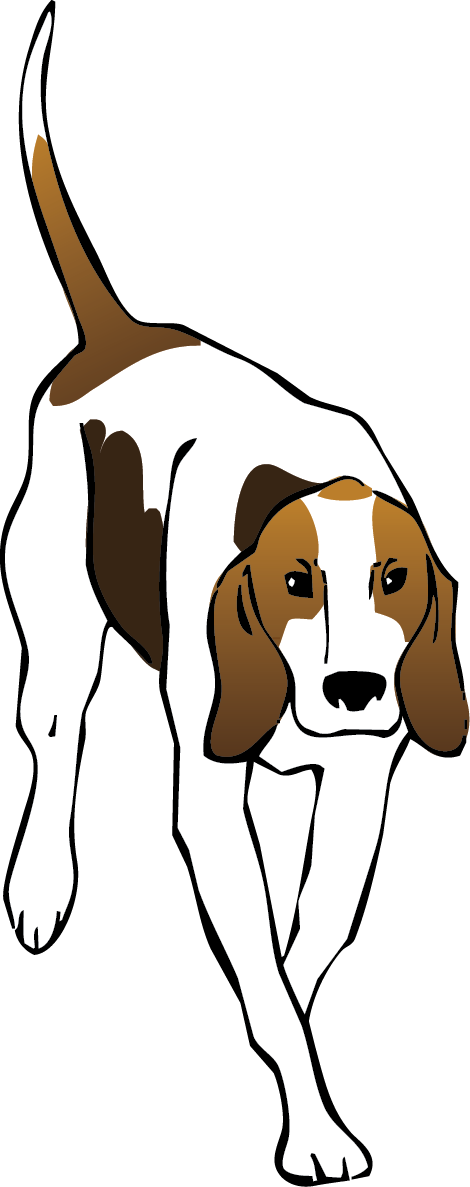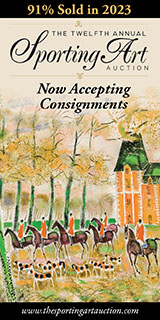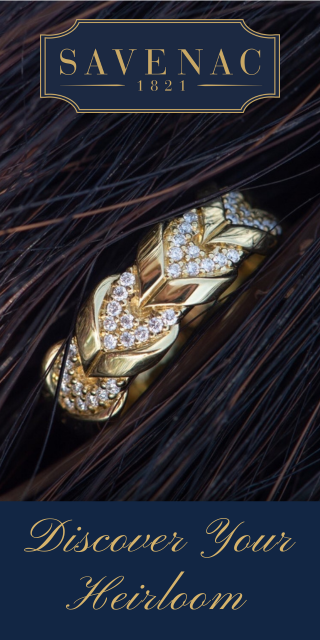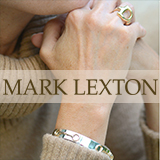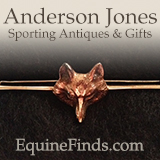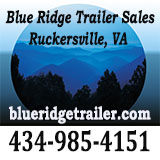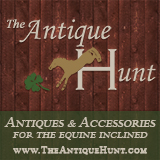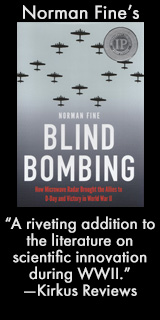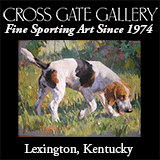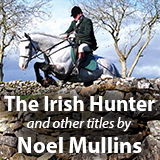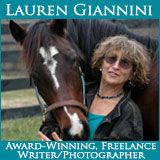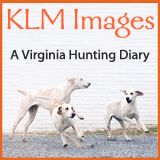Larry Wheeler, 16 x 20, oil on canvas, "Catch," Deep Run Hunt Here’s a final reminder, latest information, and sneak-preview of the Art Show at Morven Park to be presented by the Museum of Hounds and Hunting over the Virginia Foxhound Show weekend. The Opening at 4 PM and the Reception at 5 PM on Saturday, May 26, 2018, the day before the hound show, will be for Museum members, their guests, and the artists. The show opens to the public on Sunday morning, the day of the hound show, and the works will remain on display until June 25th.
